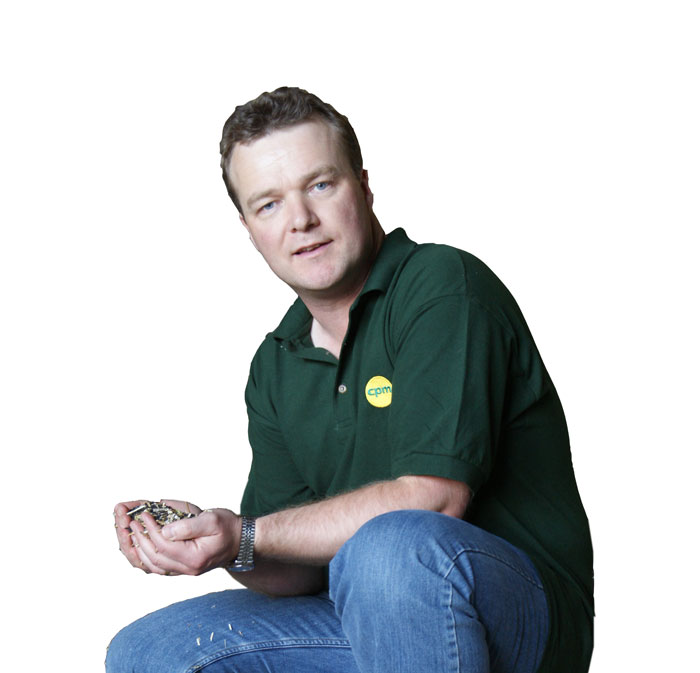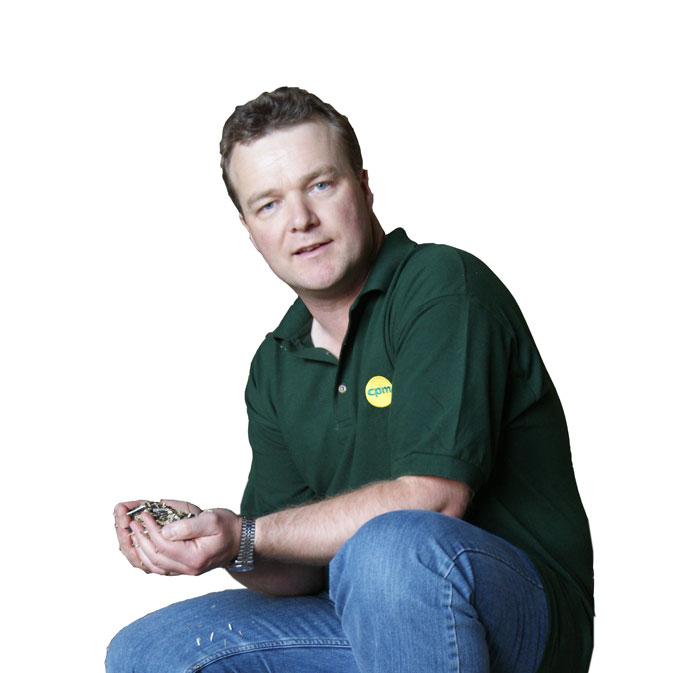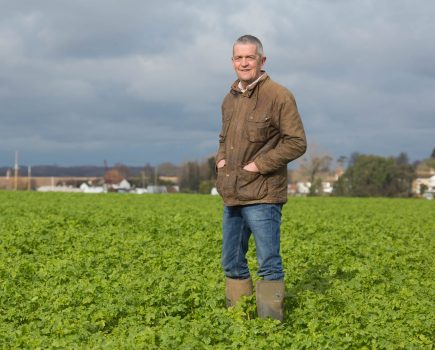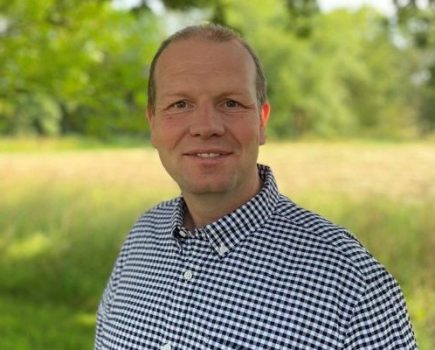 One of the joys of being a technical journalist on the leading UK arable journal is that you get to peek behind the scenes of cutting-edge research.
One of the joys of being a technical journalist on the leading UK arable journal is that you get to peek behind the scenes of cutting-edge research.
We’re lucky in the UK in that we have some pretty extraordinary plant science institutes and there are few things I like more than pressing my face against the window on this world and watching in slack-jawed wonder at what I see. And it’s a good time to do so – pre-breeding is an exceptionally long process and the discoveries you’re generally shown take at least another decade before they hit the market. What’s exciting, though, is that a huge collaborative pre-breeding push, started in 2007, is beginning to move the fruits of its labour from the lab to the field.
It’s now called Designing Future Wheat, and if like me you like a good trial plot, you can’t beat the open days for DFW put on by the likes of Rothamsted Research, NIAB and John Innes Centre. COVID-19 threw a spanner in the works this year, but each of them very kindly agreed to show me round the trial plots, glasshouses and light rooms last month at the germplasm that’ll bring the next generation of wheat to UK farms (see page 66).
What you don’t see are perfectly presented shapely ears of wheat all clustered neatly together that you’ll long to have on your farm. These are the disrupters, the misfits, the diamonds in the rough that have come to shake up a Recommended List that’s yawning on its plateau. They behave even worse in the field than they do in the glasshouse, leaning clumsily on their neighbours, sticking their ears far too high above the canopy and pushing out awns in every direction to form a crazy mesh.
Locked in their vast genome, though, that scientists are progressively unravelling, lie the hidden talents beneath this rough exterior. These will become the gems breeders worldwide will hone to feed the mouths of billions without exhausting the resources of a planet that’s already stretched. These wayward wheats represent a massive diversity of traits, some of which have never even existed before, and few of which have put their roots into UK soils in the past 40 years, if ever.
But there are some plants still locked in the glasshouse. Those bred using new plant-breeding techniques (NPBTs) for the most part require an expensive license and an additional onerous set of rules you have to follow even for field trials. They are classed as genetically modified organisms (GMOs) under highly restrictive EU laws the UK has inherited. As such, there’s no involvement from breeders in their development – an element that’s seen as critical to the success of DFW – and many researchers shun the techniques as too burdened with regulation.
The Government has now pledged there will be a consultation this autumn on whether the UK should diverge from EU law on NPBTs. To my mind, the regulations are currently disproportionate to the risk, and if the effect is to stifle the very research into NPBTs, it destroys the fundamental basis of science-led innovation. How can we possibly form an opinion of the value and test the consequences of these techniques if current regulation prohibits us from conducting the research needed to address the questions?
I’m going to pin my colours to the mast here. I believe gene-editing should be treated as conventional breeding in line with the Cartagena Protocol that most other countries follow (and the UK is signed up to). I believe the restrictions on GM releases are too stringent and should be relaxed with sensible co-existence measures that respect both the rights of the farmers who choose to grow them and the rights of those who wish to remain GM-free. And I believe R&D into all NPBTs, and importantly field trials, must be given every encouragement.
The opportunity here is for farmer-led innovation. The DFW plots are mesmerising in their diversity, but as a farmer it’s difficult to get enthused about an exciting trait that’s still at least ten years away from commercial reality. That makes the farmer far divorced from the genetic innovation. It puts the pressure and commercial risk entirely on the breeder to anticipate not only the market, but how a farmer will value a trait when it eventually gets there. With gene-editing, however, this would cut the wait down for some traits from ten to just 2-3 years. That allows for some really exciting collaborative small-scale projects with groups of farmers working directly with scientists and plant breeders.
As a taste of what could be to come, we’ve got an exclusive opportunity for CPM readers to lead two plant-breeding projects. One is to grow slug-resistant wheat, while the other is to grow the first GM blight-resistant Maris Piper potatoes.
Such ventures will only appeal to a few. Those with an enquiring mind, a zest for on-farm research, for sharing their views and ideas with like-minded farmers, and who want to be part of shaping these rough and rugged lumps of biomass into jewels within Agriculture’s Fourth Revolution. If that’s you, please get in touch.
Tom Allen-Stevens has a 170ha farm in Oxon, and leads the British On-Farm Innovation Network (BOFIN). @tomallenstevens




